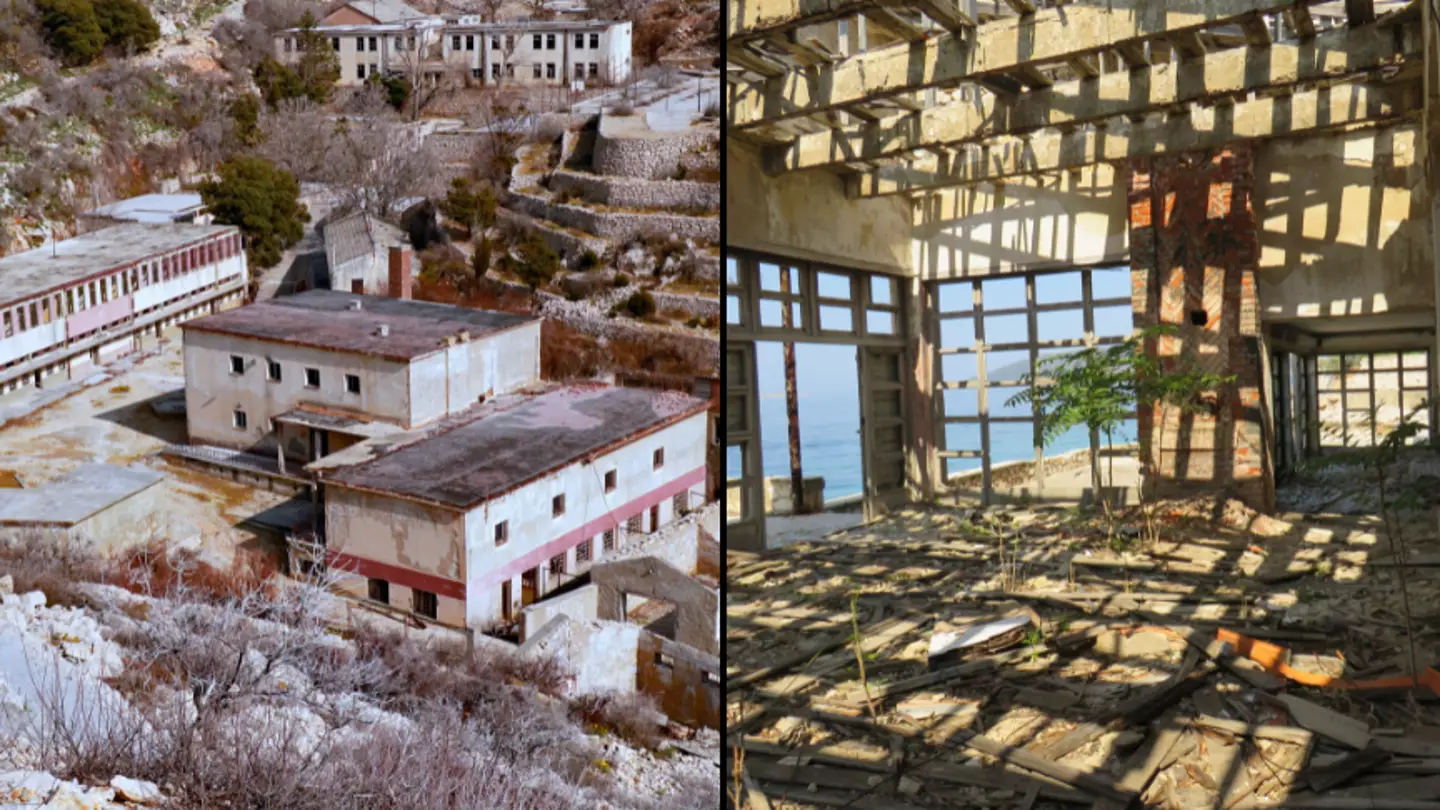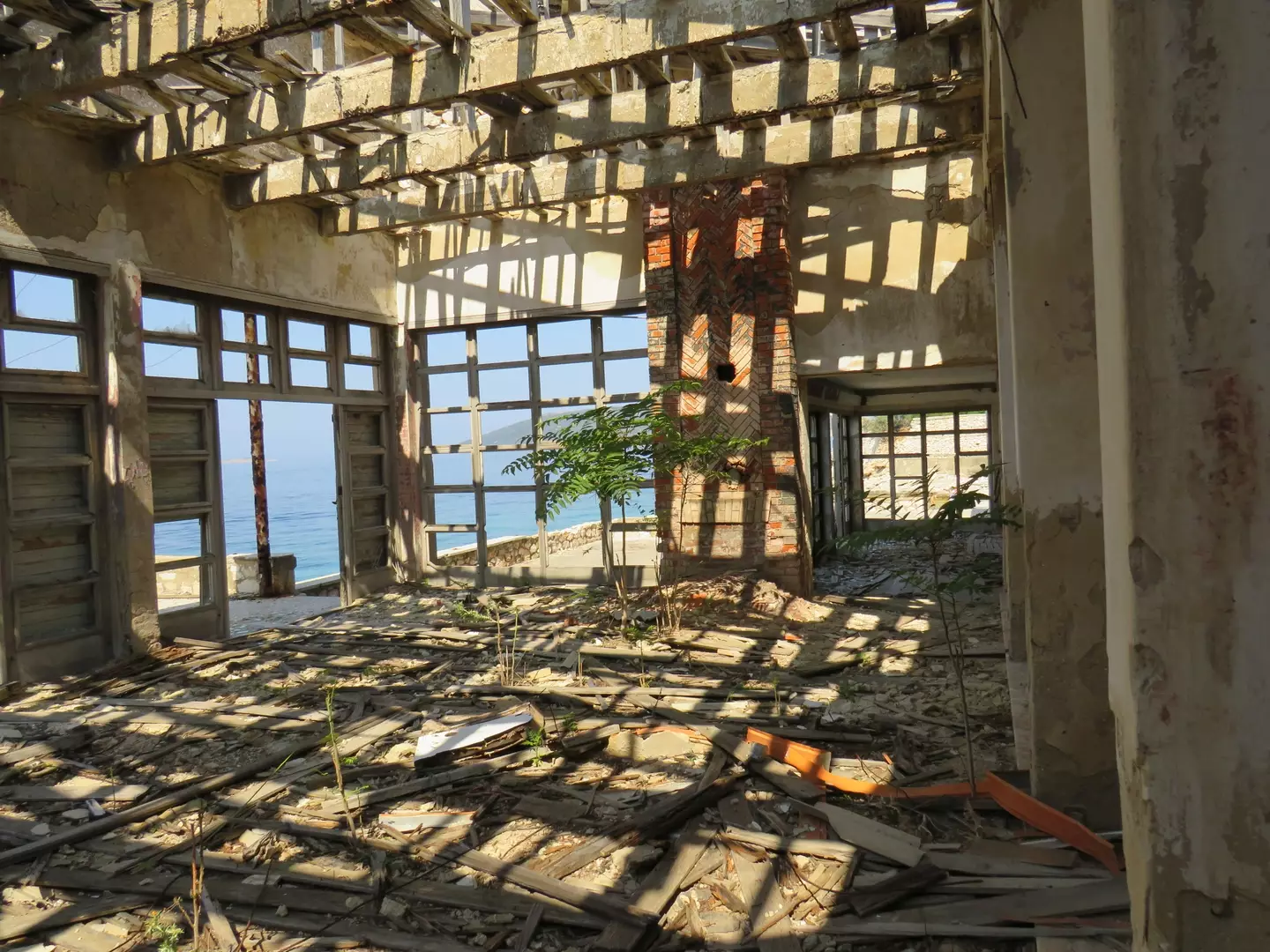
There is a small, isolated island situated off the coast of Croatia that looks like a quiet place for animals to graze to people on the mainland.
A closer look though, reveals an eerie abandoned prison featuring dark torture chambers and rusted cells, that have been labelled a 'living hell' by former inmates.
This terrifying, uninhabited island in the northern Adriatic Sea is named Goli Otok, and it was used for nearly 40 years as a hell for prisoners of war and political protestors.
The prison would have been under Yugoslavian rule at the time, with their government led by the controversial communist leader, Josip Broz Tito.
Advert
He reportedly helped to establish a confidential political prison and labour camp on the island following the country severing ties with the Soviet Union.
Opening in 1949, an estimated amount of over 15,000 people were sent to the island by 1956, with some allegedly dying after being tortured.
Austria-Hungary reportedly used it in World War I to accomodate Russian soldiers, though during its time under Yugoslavian control, thousands of Croatians were killed on the false pretence of 'Stalinism'.
Inmates had reportedly suffered from psychological and physical abuse due to the actions of their captors.

Goli Otok became a 'living hell' for inmates that were sent to be 're-educated' in a disciplinary, corrective system that was carried out by other prisoners that were desperate to prove their loyalty to leader Tito.
Advert
Facilities were said to be lacking and extremely overcrowded, with prisoners subjected to constant questioning and hard labour, as well as just one entrance as the prison was secluded by rocks.
The prison shut its doors in 1989 during the collapse of the Soviet Union and of the divide that was the 'Iron Curtain'.
Now, the island features empty, lifeless buildings with beat-up walls and peeling paint as a haunting reminder of the horrible things that prisoners had to go through.
Cells are even said to feature eerily painted countdowns on the walls in orange and red.

In a report by the Central Intelligence Agency, Goli Otok was named as Tito's Adriatic 'Devil's Island' but also said that it was a prison for Stalin supporters as well as for those who disagreed with Tito's regime.
Advert
It has also been labelled the 'Croatian Alcatraz' because of the location and similarly unforgiving conditions.
Bob Thissen, a Dutch filmmaker who wanted to document the prison and its remains, explained to National Geographic: "Walking among ruins... It's pretty creepy.
"You can see the high walls and the cells still there."
The island is now being used for good, as Goli Otok is currently a protected nature reserve and as a tourism spot for people who want to explore the haunted prison buildings and learn about its terrifying past.
Featured Image Credit: Getty/keni1/Getty/Thomas Schmidt